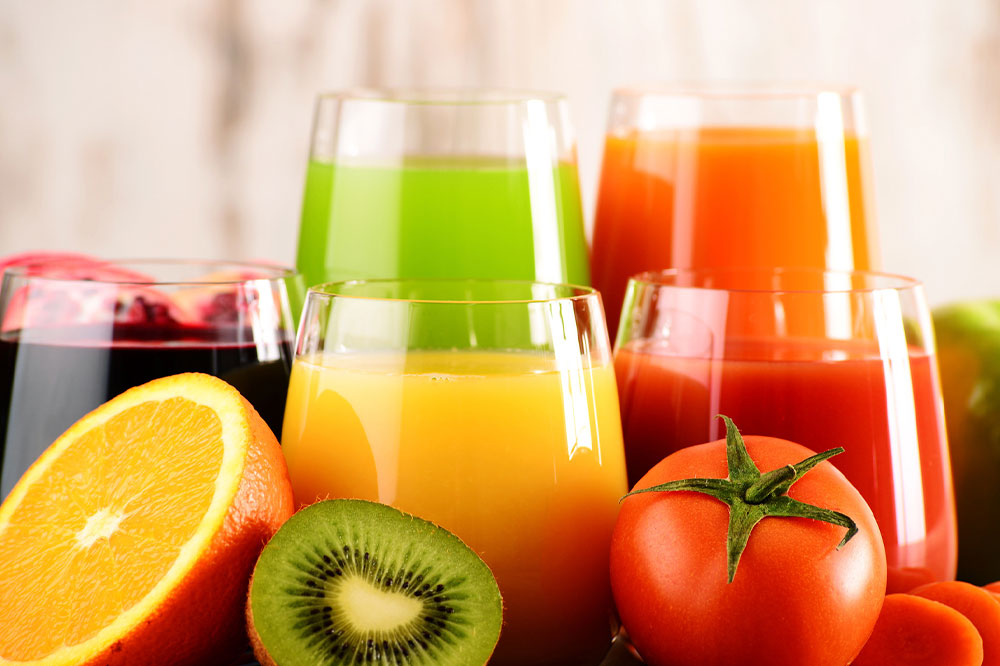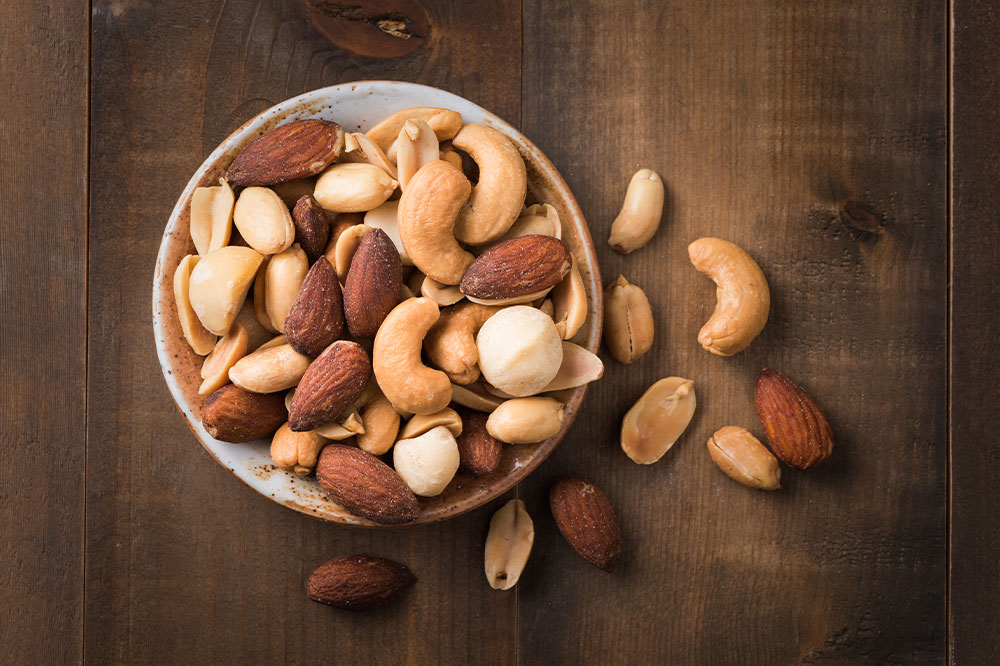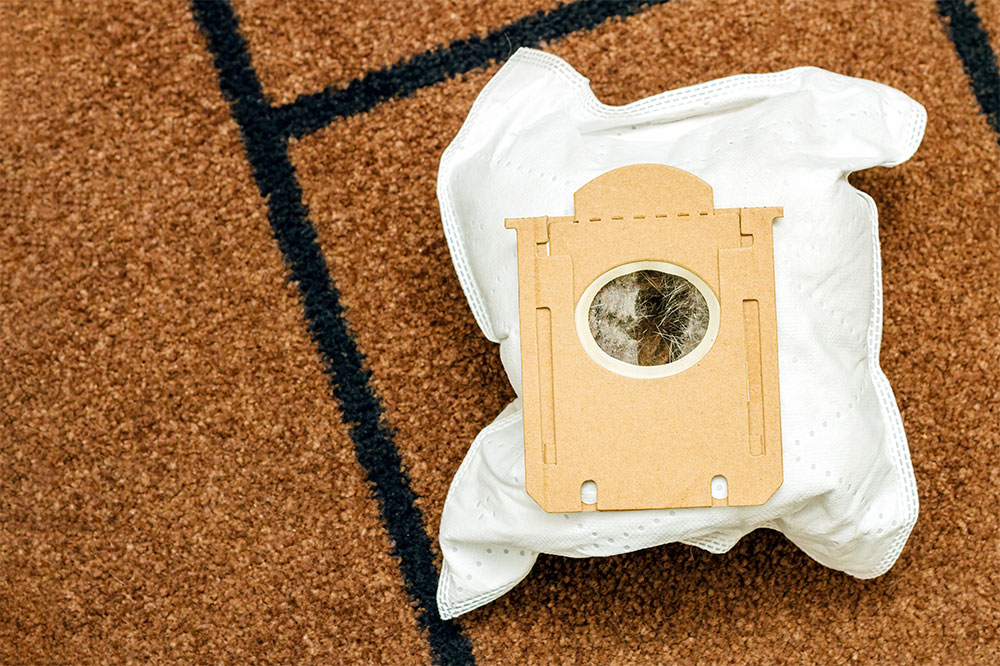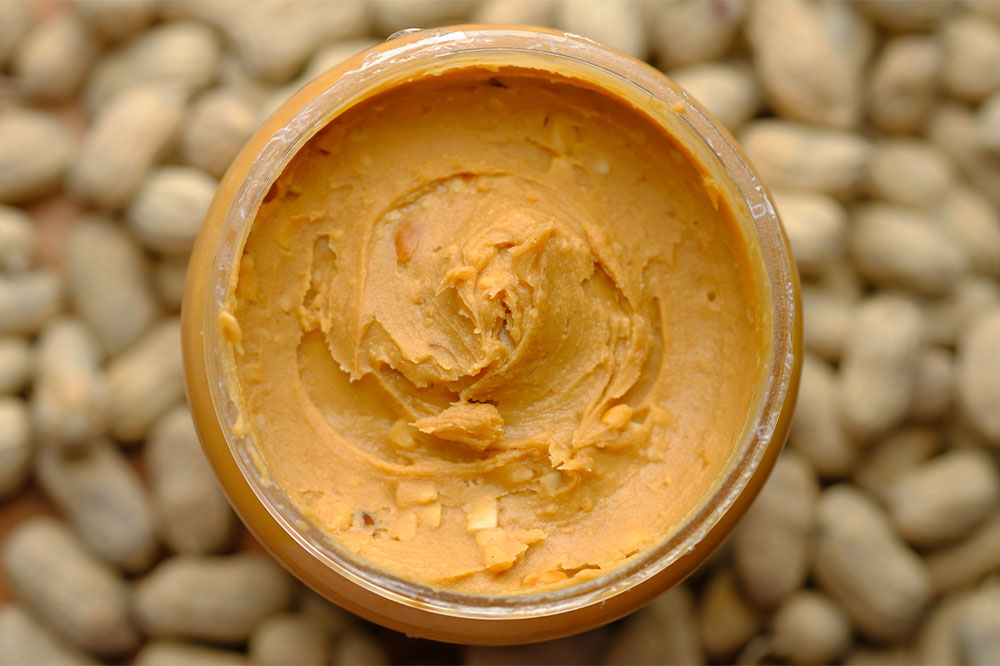11 household items that can increase the risk of cancer
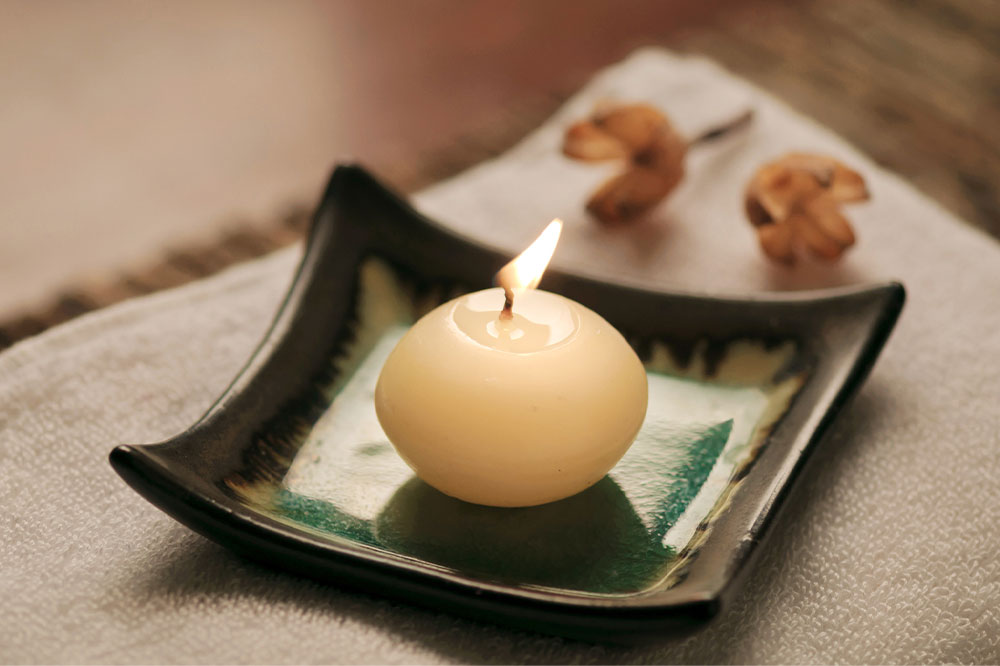
Unknown to you, several carcinogenic substances could be hiding within your home. A carcinogen can be anything that causes cancer. It can be present in the air, in a regular product, in beverages and foods, or it can be released from several appliances, furniture, and other items in your home. Being exposed to these substances doesn’t necessarily mean you will have cancer. However, prolonged exposure can increase the risk of the condition.
Household items that can increase cancer risk
Carpets
In most cases, carpets are made from synthetic fibers. These fibers are usually chemically treated and recess gases over time. These gases can contain toxic substances that increase the risk of hormonal imbalance, respiratory problems, and cancer. Also, you may have observed a distinct smell when you bring home a brand-new carpet. Although most people attribute this smell to the newness of the carpet, these smells are actually from chemical compounds linked to several health disorders.
Sofas
If your sofa was manufactured before 2013, it’s time to get rid of it. This is because, before 2013, several cushioned household items, such as sofas, love seats, and so on, were treated with TDCIPP. It is a chemical that works as a flame-retardant. That is, it helps to prevent burning or slows down the spread of fire. While this is a great advantage, TDICPP is also a carcinogenic substance. It can be absorbed by the body and enter the bloodstream, increasing the risk of cancer.
Leather recliner
Chromium (VI) is often used for tanning of leather to stabilize the material. It is also used in wood furniture, cement, and a few pigments and dyes in textiles. While it has industrial benefits, chromium is a known carcinogenic substance. Tanned leather that has been treated with chromium has about 4% to 5% chromium residue. So if you have a tanned leather recliner, get it tested to check for the presence of chromium.
Mattress and bed
We spend nearly one-third or perhaps more on our beds sleeping or relaxing. However, there are several toxic substances that may be present inside your bed’s mattress. For instance, many brands advertise their mattresses to be fire-resistant. They do this by adding flame-retardant chemicals while manufacturing the product. While the mattresses may be able to withstand being exposed to a blowtorch, it will also expose you to several carcinogenic substances that increase the risk of cancer. To avoid this, buy mattresses that are organic and eco-friendly.
Cotton sheets and pillowcases
Cotton pillowcases and sheets are perhaps one of the most comfortable bedding accessories you will find. However, not all cotton is made alike. In some cases, a lot of pesticides are used during the cultivation of cotton. At such times, some residue of these harmful pesticides may be present in sheets, pillowcases, and upholstery made from this cotton, increasing cancer risk. So always look for bedding materials manufactured using ethically-grown and organic cotton.
Dryer sheets and fabric softeners
Always check the label of your dryer sheets and fabric softeners for chemicals such as benzyl acetate, benzyl alcohol, ethanol, limonene, and chloroform. These chemicals have been linked to several health disorders, such as pancreatic cancer, central nervous system disorders, and upper respiratory problems. A significant number of these chemicals are carcinogenic as well. The next time you go to the supermarket, make sure you carefully read the labels of your fabric softener and dry sheets.
Air fresher
Most people like to keep air fresheners all over the place to keep the air around them smelling nice. These are quite useful to dispel bad odors from cooking, smoke, and stagnant air. They can be placed anywhere, from bathrooms to bedrooms, cars, and even living rooms. But some air freshers may hide toxic chemicals under the label of scent, perfume, or fragrance. These chemicals include formaldehyde, phthalates, and other preservatives, which have carcinogenic properties.
Scented candles
Scented candles have been in vogue in the past few years. They are aesthetically appealing, useful for activities like mindfulness, and can freshen up the air in a space. However, the benefits of the candles only depend on the ingredients used to make them. Most of these candles emit toxic fumes. Sometimes, candles also give off volatile organic compounds in the air. This mostly comes from the artificial fragrance added to these candles. Moreover, candles made from paraffin wax release compounds such as benzene and toluene, which are cancer-causing chemicals.
Plastic water bottles
Plastic is one of the most versatile and cheapest materials. From plastic water bottles to kitchen spatulas, people are exposed to several plastic products throughout the day. However, not all plastic is harmless; this is particularly true for water bottles. There is a high risk of microplastics entering your body through the water you drink from these bottles. Also, if the bottles are heated, scratched, or even get degraded over time, the plastic will leach harmful chemicals in the liquids stored in the plastic bottles. There can be carcinogenic plastic by-products such as BPA or bisphenol A.
Granite countertops
Granite countertops are popular due to their durability as well as design aesthetics. However, granite has the potential to release radon gas, which is a carcinogenic substance. Sometimes, the level of this gas may be higher than what is considered safe. It is all the more harmful because once it is in the air, it cannot be detected through smell, taste, or sight. It is practically colorless and odorless. Colored granites such as pink and red are more harmful than the regular gray or black ones, since they have higher levels of radon.
Cleaning products
Cleaning products such as carpet cleaners, dishwashing liquids, and so on are often common culprits when it comes to household items that can increase cancer risk. This is because some of these brands have formaldehyde as an ingredient in the products. It is a carcinogenic substance that increases the probability of cancer if it gets into the body through fumes or residual remains on surfaces that have been cleaned by these products.

